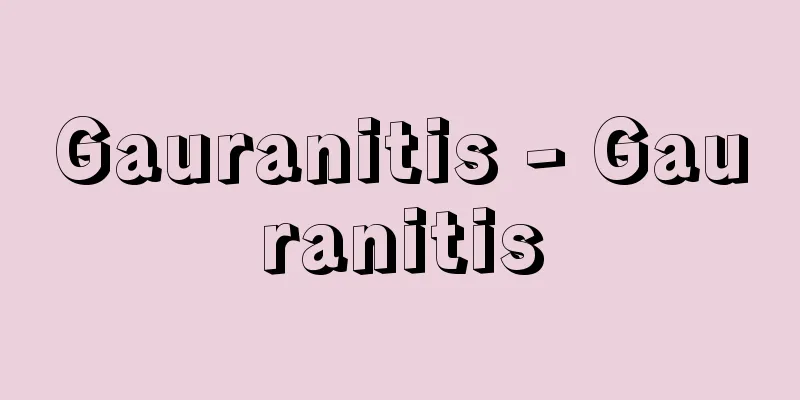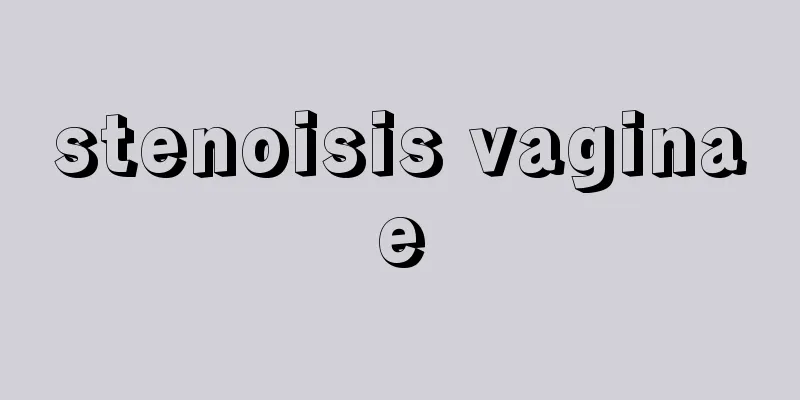Professor Group Incident

|
The name given to the movement organized in the 1930s between World War I and World War II to oppose the rise of fascism. Its most prominent manifestations were in France and Spain, where they established Popular Front governments, but this movement was closely related to the change in direction of the international communist movement at the Seventh Congress of Comintern (July-August 1935), which we will discuss later, and had an international reach. From the Popular Front IncidentHowever, on December 15, 1937 and February 1 of the following year, the authorities simultaneously arrested leaders of the Japan Proletarian Party and Zenhyo, as well as labor-farmer scholars and critics who were considered to be their theoretical leaders, across the country, and on December 22, banned the Japan Proletarian Party and Zenhyo. 446 people were arrested in the first wave, and 38 in the second wave. The main arrests were Kato Kanju, Suzuki Mozaburo, Takano Minoru, Yamakawa Hitoshi, Inomata Tsunao, Omori Yoshitaro, Mukosaka Itsuro, Kuroda Toshio, and others in the first wave, and Tsubaki Shigeo, Eda Saburo, and others in the second wave, as well as a group of so-called labor-farmer professors including Ouchi Hyoe, Arisawa Hiromi, and Wakimura Yoshitaro of the University of Tokyo, Minobe Ryokichi and Abe Isamu of Hosei University, and Uno Kozo of Tohoku University (Professor Group Incident). The Social Mass Party expelled those involved in the incident, and scholars and critics were virtually all banished from universities and the world of journalism. … *Some of the terminology used in reference to the "Professor Group Incident" is listed below. Source | Heibonsha World Encyclopedia 2nd Edition | Information |
|
…第1次,第2次世界大戦間期の1930年代,ファシズムの台頭に抗して組織された運動に与えられた名称。その代表的な表れは,人民戦線政府を成立させたフランスとスペインに見られるが,こうした動きは後で触れるコミンテルン第7回大会(1935年7~8月)における国際共産主義運動の方向転換と密接に関連しており,国際的な広がりをもつものであった。 【人民戦線事件】より…しかし当局は1937年12月15日と翌年2月1日,日本無産党,全評の幹部およびその理論的指導者と目された労農派の学者・評論家などを全国いっせいに検挙し,12月22日日本無産党,全評を結社禁止処分にした。被検挙者は,第1次446名,第2次38名で,おもな者は第1次では加藤勘十,鈴木茂三郎,高野実,山川均,猪俣津南雄,大森義太郎,向坂逸郎,黒田寿男ら,第2次では椿繁夫,江田三郎らおよび東大の大内兵衛,有沢広巳,脇村義太郎,法政大の美濃部亮吉,阿部勇,東北大の宇野弘蔵らいわゆる労農派教授グループであった(教授グループ事件)。社会大衆党は事件関係者を除名し,学者・評論家は大学やジャーナリズムの世界から事実上すべて追放された。… ※「教授グループ事件」について言及している用語解説の一部を掲載しています。 出典|株式会社平凡社世界大百科事典 第2版について | 情報 |
Recommend
Theory of the correlation between heaven and man (English: Tian-ren-xiangguan-shuo)
A term in Chinese thought. Also known as the theor...
Stone circle tomb - Kanjoressekibo
...In contrast, burial sites may be located in ar...
Hironobu Isobe
…Rice from the official fields in the Kinai regio...
Cough - Gaisou (English spelling) cough
Coughing refers to the phenomenon in which air fro...
Temperament
It is a term that indicates the genetic and biolog...
Colorimeter - Shikisaikei (English)
Also called a colorimeter or chromaticity meter. A...
Summer Hibernation - Kamin
A state of dormancy in which an organism spends t...
Pristigenys multifasciata (English spelling)
… [Kenji Mochizuki]. … *Some of the terminology t...
Bion - Bion (English spelling)
Date of birth and death unknown. Ancient Greek pa...
Bridge group - Kakyodan
…An example of a hexadentate ligand is EDTA, whic...
Kerkhoven, A. van den (English spelling) KerkhovenAvanden
… [Akio Ishizaka]. … *Some of the terminology tha...
glove
…They are used to keep warm, to protect during sp...
Hallstatt
…The first half of the Early Iron Age in Europe, ...
NARAS - NARAS
...an award given annually in the American record...
Hepatic jaundice
…Normal serum bilirubin values are 0.2-0.8 mg/d...









